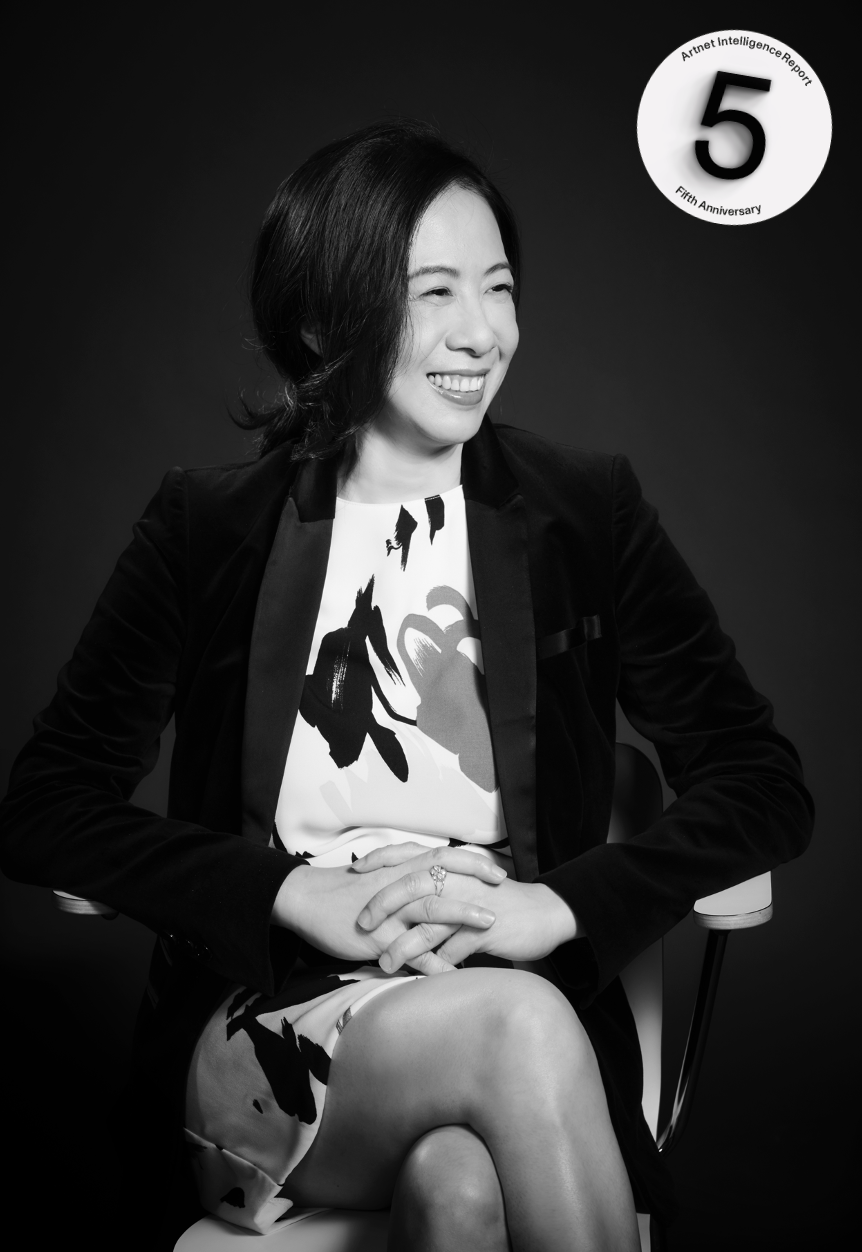
This article is part of the Artnet Intelligence Report Mid-Year Review 2023. Marking five years of our biannual Intelligence Reports, this inaugural half-year edition paints a data-driven picture of today’s art world, from the latest market results to the artists and artworks leading the conversation. Read the full report here.
In three words, how would you characterize the state of play in the Asian art market at this point in 2023?
“Night’s still young.” People say this when the party is far from over. This is how the art market in Asia feels now. Some are playing at the very high end, speculating on things. There’s still a lot of potential. But the truth is, there are a lot of uncertainties in Asia now, from the economy to geopolitical conflicts.
This feels even more widespread when I talk to dealers in New York. There is this image of the Asian market in the West. Dealers think, “Oh, your clients are based in Asia, so they must be big spenders.” The reality is that Asian clients, at least the ones I work with, are becoming more cautious. Some have been collecting for a while. They do their homework, especially those who have come to realize that some art in the ultra-contemporary category does not have a very long life span. They do not just rely on auction catalogues. They are very rational and sophisticated.
What do the top-line auction numbers not tell us about what’s going on in the market in Asia?
The top-line auction numbers reveal about 5 percent of our market—95 percent of the artists are missing. Yayoi Kusama, Yoshitomo Nara, and artists of similar caliber seem to be the only ones you see. What about the art fairs and galleries? Don’t you think it’s incredible and at the same time ridiculous? Art should be adventurous, but do you see anything meaningful or inspiring from the top-line auction numbers? No.
Visitors to Art Basel Hong Kong 2023 mill around Yayoi Kusama’s Pumpkin sculpture. Photo by Sebastian Ng/SOPA Images/LightRocket via Getty Images.
What region are you paying more attention to this year than last?
New York. It’s still truly the cultural melting pot. The gallery program in New York is very different from the rest of the world, and galleries are confident in their exhibition programs. Asian artists are also getting more exposure in New York. Maybe there’s an Oscars effect [the film Everything Everywhere All at Once and its ensemble Asian cast won seven Academy Awards this year]. In Asia, I’m looking at what’s going on in Hong Kong. Despite the recent changes and the news, Hong Kong is still the best place to see international art, compared with Seoul or Japan. I’m also interested in Hong Kong-based artists.
What has been the most surprising development so far this year in the Asian art market?
How quickly China reopened after the prolonged COVID lockdowns. It is very important because of the sheer size of the market and its influence.
What are your clients looking for right now?
My clients are looking for artists who work with unique concepts and materials. They want to find something rare and fresh—not necessarily young artists but also mid-career artists who are in their 40s or 50s. They are interested in artists who still have regular shows and continue to produce new works.